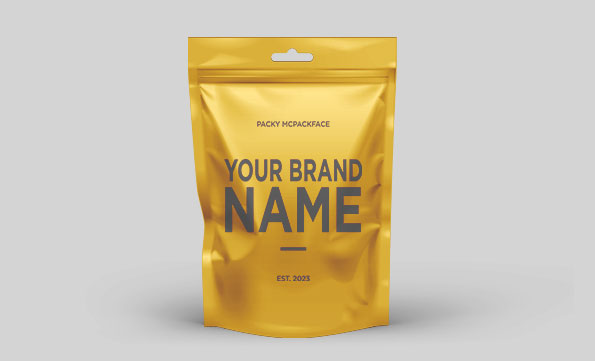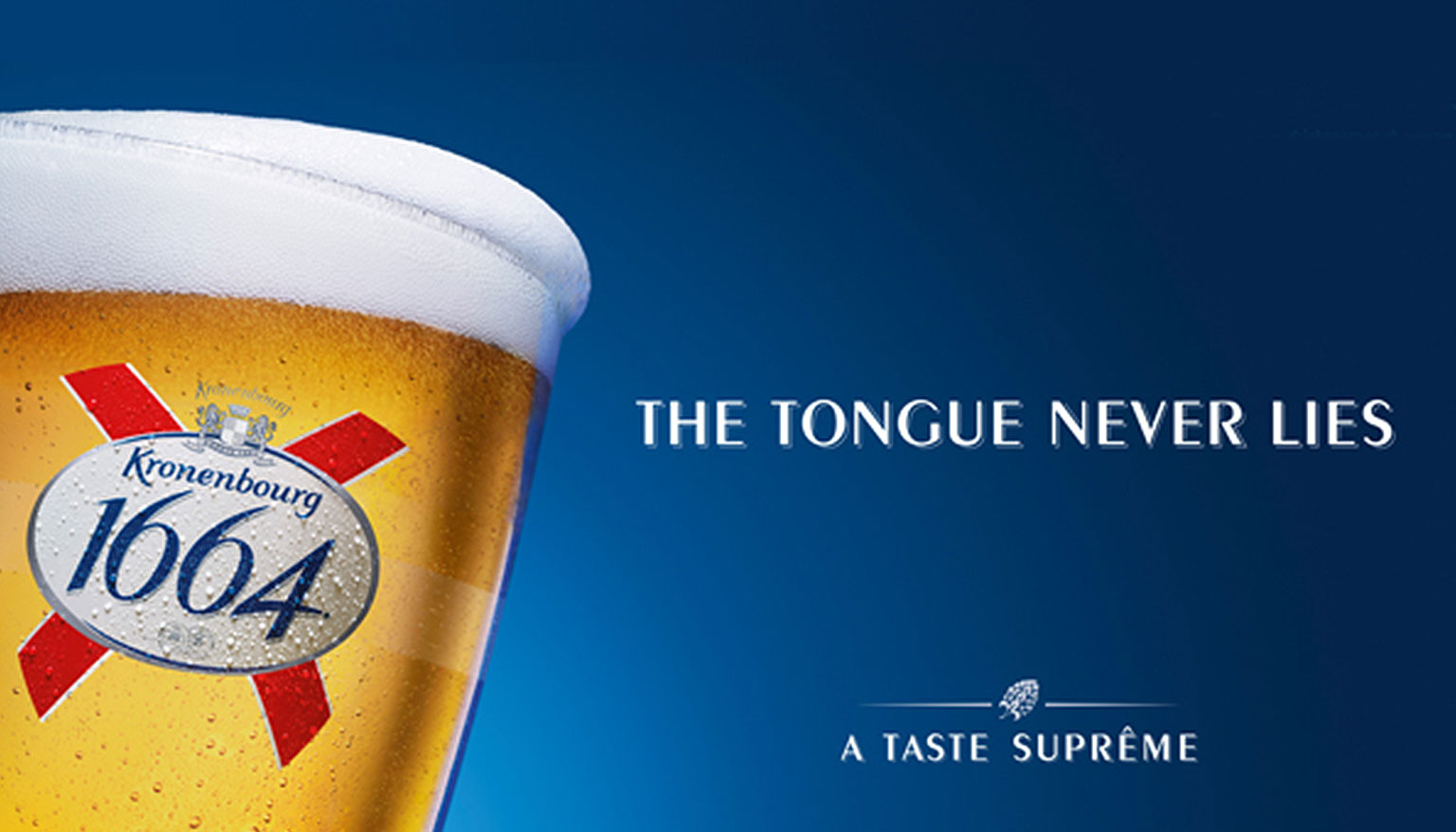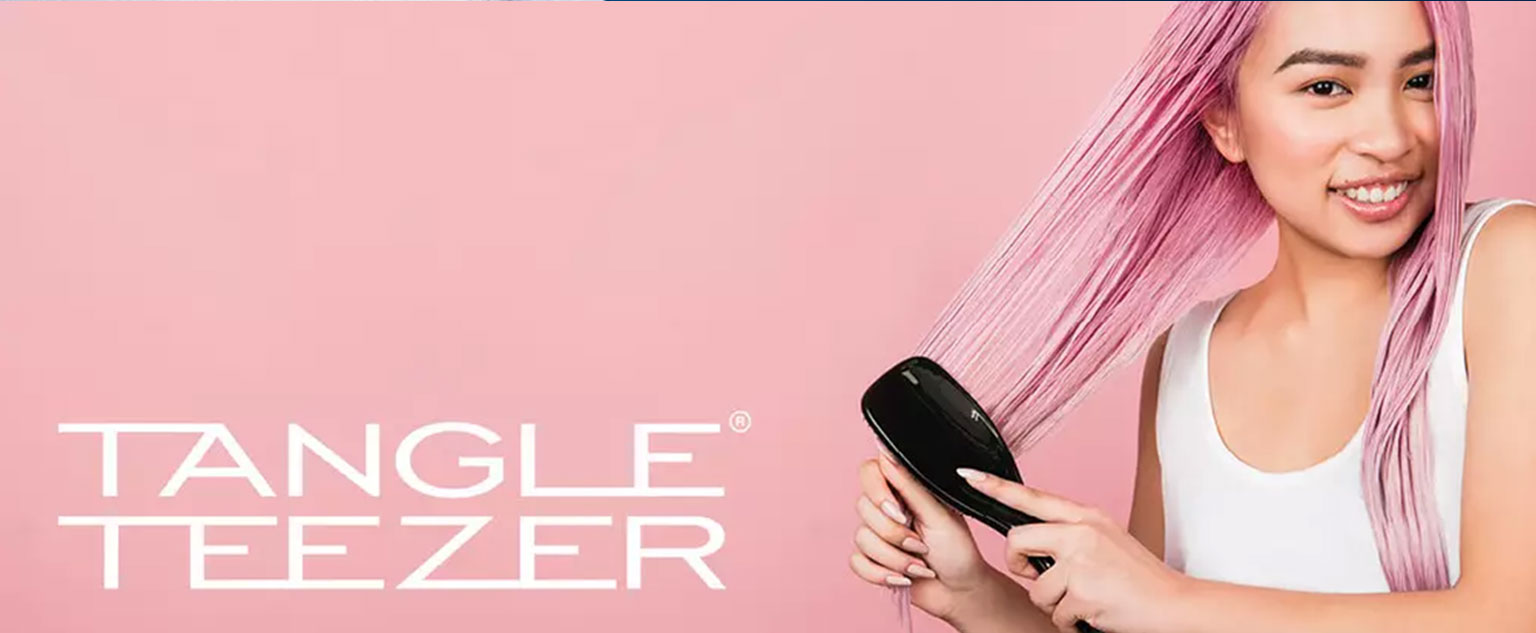How to choose a new name for your brand

What’s in a name?
Your brand name and messaging are amongst your brand’s most valuable assets – it helps your customers identify your business and what it offers. It’s vital that the name is distinctive, authentic, memorable, enduring and ultimately that it resonates with your target audience.
Whatever you and your creative team conjure up and wherever your research points you, the final decision has to be yours. It has to feel right for your product, service and brand – remember what happened when an internet poll decided on naming a polar research vessel ‘Boaty McBoatface.’
Great names are often:
- Evocative: It should elicit a positive emotional response and invite potential customers to learn more.
- Catchy: It should roll off the tongue and sound good, use alliteration or a play-on-words to aid appeal.
- Ownable: To be ownable your name needs to be distinctive. It should be different enough to your competitors’ brand names, products or services to stand out from the crowd.
- Recognisable: It should be clear and memorable. Short and punchy names are easier to retain and recall, and URL and social media handles will be easier to enter correctly. A shorter name also enables you to have a simpler logo for improved legibility. Short brand names outperform long ones – ideally use one to three syllables.
- Simple to say: Simplicity is key. With the rise of voice searches on mobile devices, it’s important your name is easy to spell and pronounce.
- Flexible: A brand name needs to work for you now, and be resilient enough to still work for your business far into the future.
Ensure the name is clear and not confusing ‘Cadabra’ had to change their brand name to ‘Amazon’ as the name was often misheard as Cadaver (meaning corpse).
If you’re struggling with ideas, you could look at these tried and tested routes to generate lots of new name suggestions.
Literal and descriptive names
Literal and descriptive names tell the consumer upfront who you are and what the business sells or does for its clients. These names may describe your service, product or the core ingredients or purpose, like Polyfilla.
Heritage: You may be inspired by the company founder’s names or location, key words can be inspired by people, places, events or dates, like Cadbury’s and Kronenburg 1664.

Benefits led: (Or results oriented) brand names like these demonstrate why your brand should be chosen. ie. Tangle Teezer, KitchenAid, Cancer Research UK.

Most single words will have been used at some time as brands or URLS. Also bear in mind that popular phrases can’t be legally owned.
Abbreviations and acronyms: This makes more complicated names more memorable – like WWF (an acronym for World Wildlife Fund) – and agile, like FedEx (abbreviated from Federal Express), which sits more easily with the company’s market suffixes: FedEx Express, FedEx Office.

Suggestive names
Suggestive names convey something about the product in a non-literal way, using metaphor, analogy, or through association. They are usually less well used words and are therefore easier to protect and register.
Language: Helps your brand speak the same language as your target audience. Examples include Uber (uber-cool), Sony (based on the Latin Sonus and Sonny = sound and youth).
Metaphor: Describes a product or service in a way that isn’t literal but makes a connection or comparison to something with similar attributes. Examples include Amazon, Nike (Nike was a Greek goddess of victory).
Consider your reach, as some things mean different things in different countries. For instance, ‘Siri’ means ‘buttocks’ in Japanese.
Abstract names
The vast majority of brand names are abstract, made-up or mashed-up words. Abstract names work as long as they represent the company’s qualities and values.
Wordplay:
Using compounds of letters relating to the brand, or two words simply mashed together.
- Pepsi, which was truncated from dyspepsia, a condition the drink was once said to cure.
- Febreze, a portmanteau of “fabric” and “breeze”.

Random:
These are basically invented names with no meaning attributed to them.
72% of the top 100 brands in the world use abstract names.
- Google: If you had asked Jeeves what ‘Googol’ meant back in 1996, you would have learnt that it was the name for a number that had 100 zeros. Today a quick web search will tell you that the definition of ‘Google’ is to; ‘search for information about (someone or something) on the internet using the search engine Google.’Google founders Larry Page and Sergey Brin first named their search engine ‘Backrub’ – named for its analysis of the web’s “back links,” – but then they were inspired by a new name for a huge number. Their search engine aimed to organise the world’s immense amount of data into a useful, organised format. The large number representing the scale of the task in hand. However, their word is uniquely spelled or it has been suggested it was misspelled ‘Google’ rather than googol. Perhaps they simply put an unconventional twist on it, after all, that was their style; their first server was made of Lego. They now use their ident to showcase people and events of interest on any given day.
- Häagen-Dazs: Häagen-Dazs isn’t a misspelling, or a clever play on a European artisan’s name. It means nothing, the brand originated in New York – but the name was intended to conjour the emotions and heritage of a Danish dairy. Reuben and Rose Mattus were both of Jewish descent and are said to have chosen a Danish sounding name because: “The only country which saved the Jews during World War II was Denmark.” Häagan-Dazs is basically gibberish; the Danish language doesn’t even use umlauts, but in the Bronx, the European-sounding ice cream was instantly cool.

The final test
Brand names are normally legally protected trademarks and you can’t choose a brand name that’s the same or too close to a brand name owned by another company. So, always ask your legal team to put any name you’re considering through Intellectual Property checks (IP checks), and ensure that any domains for your chosen names are also available.
But before you click to purchase your domain or trademark your name, there’s one final test you should do.
Check what your new name might look like. It may be unique, sound good and have a secret meaning, but is it ugly?

There are good brand names, bad brand names and there are the ugly ones – remember the controversy over the London 2012 Olympics logo? Yes, typography can help or hinder, but some words just naturally lend themselves more easily to a visually appealing logo than others. So, at this stage, seek professional creative support, and get some visual options crafted for your logo, so you can be sure your brand name has what it takes.